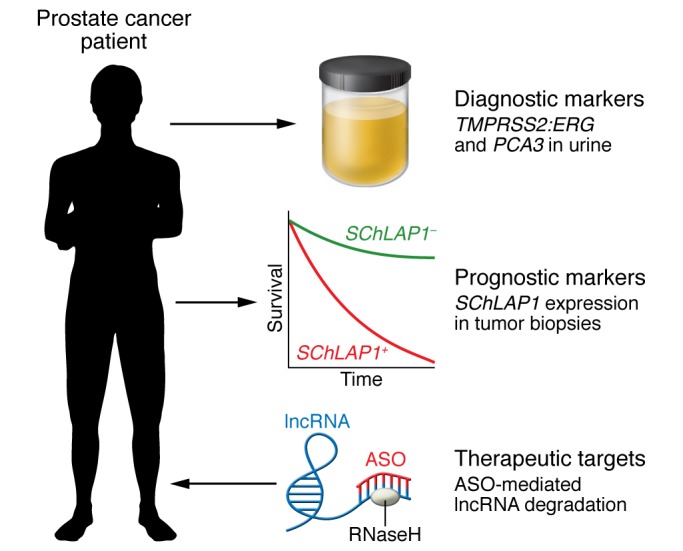Figure 3. Promise of lncRNAs in oncology.

The vast number of lncRNAs and their cancer-specific expression portends great promise for taking advantage of lncRNAs in cancer patient management across diagnostic and prognostic biomarkers and as therapeutic targets. Here we have highlighted prostate cancer as an exemplar. The lncRNA PCA3 is expressed very specifically by prostate tumor cells, which led to its use in a commercial urine diagnostic test, along with the prostate tumor–specific gene fusion TMPRSS2-ERG RNA (79, 80). The lncRNA SChLAP1 has been shown to be a very powerful prognostic marker of metastatic progression risk after prostatectomy for high-risk prostate cancer and could be used to guide therapy intensification through an ISH test (78). lncRNAs are also very attractive therapeutic targets, and several targeting strategies have shown promise, including ASOs, which have been approved for 2 noncancer diseases (89, 90). We expect that lncRNA-based therapeutics will see a rapid clinical expansion in the near future.
